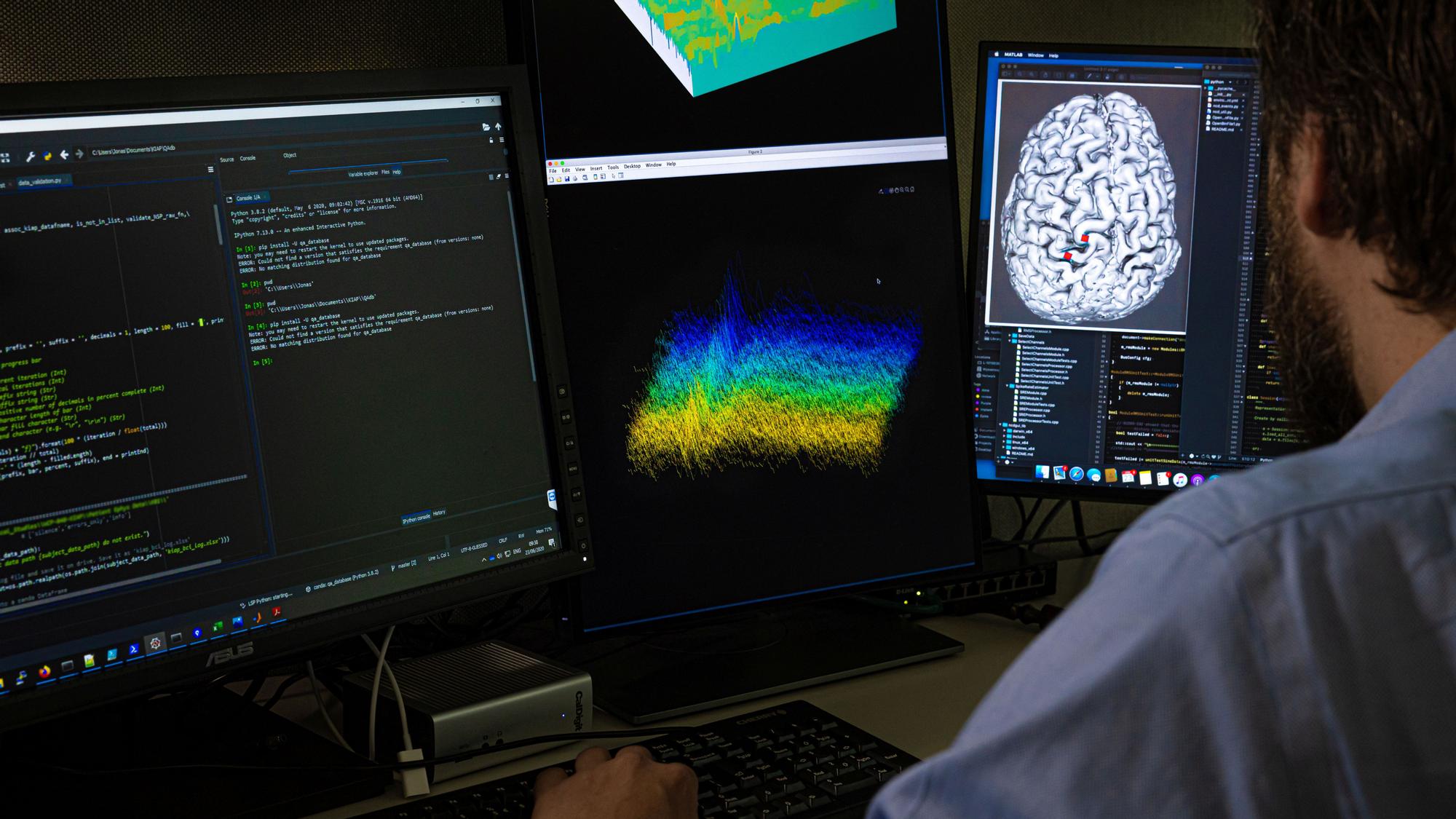Stephen Hawking, one of the most prestigious scientists of our era, said that «miracles are not compatible with science«But there are scientific advances so and so spectacular that, against all odds, they border on what we traditionally understand as a miracle. This is the case, for example, of studies focused on the use of brain implants in patients who had even lost the ability to communicate, move or walk. In recent years, thanks to this type of technique, spectacular results have been achieved in different types of patients and, in addition, a gap of hope has been opened for further research.
These are the most hopeful studies published in recent years about the use of brain implants (and the connections between brain and computer).
Paralyzed patients who can walk again
The first steps of children without mobility
In the United States, the biomedical company Spinex has managed to help 16 children with cerebral palsy recover part of their mobility thanks to a set of electrical implants in the medulla. The use of this tool has achieved «improve sensory and motor function» of minors between the ages of two and 16 with different degrees of paralysis. The scientific team behind this project argues that it is the first time that something like this is achieved in children.
This technique, unlike the one that has been tested on adults, has been applied to minors who have never had the ability to move. The therapy is based on a series of implants located in the spinal cord and an apparatus that allows a modular electrical signal. As explained by the scientific team in charge of this work, whose results were published in the journal ‘Nature Communications’, all the children treated with this technology have shown improvements between four and eight weeks after the start of therapy.
A patient with ALS communicates again
A man with amyotrophic lateral sclerosis (ALS) who had been totally immobilized by the disease has been able to communicate with his environment again thanks to a device capable of decoding and ‘translating’ his brain signals. His case, published in the journal ‘Nature’, is an unprecedented scientific achievement. Above all because until now, although tools of this type had already been developed for patients with some degree of paralysis, it had never been possible to develop an interface that will work on people without any kind of mobility.
The achievement, developed by a team of scientists from the Swiss neuroengineering center Wyss Center and the University of Tübingen, has been obtained thanks to a system that directly connect the patient’s brain with a computer. The system allows communication of close to one character per minute but, despite its slowness, it has managed to restore the ability to communicate in a person that he couldn’t do it anymore.

